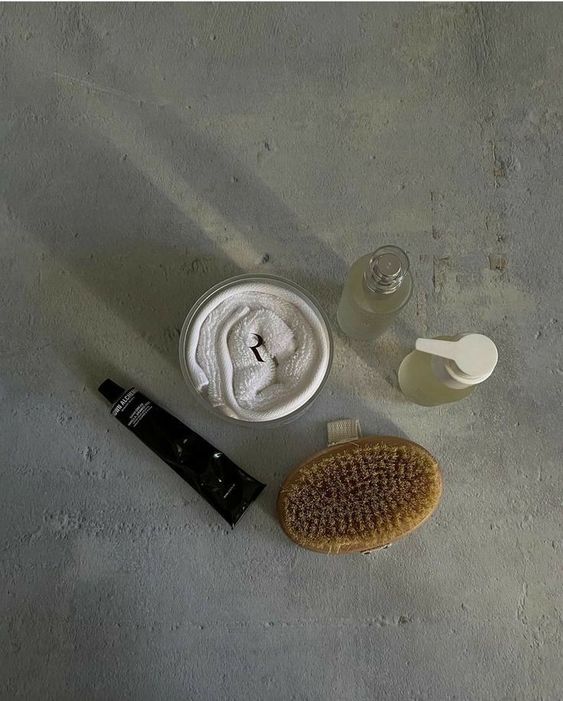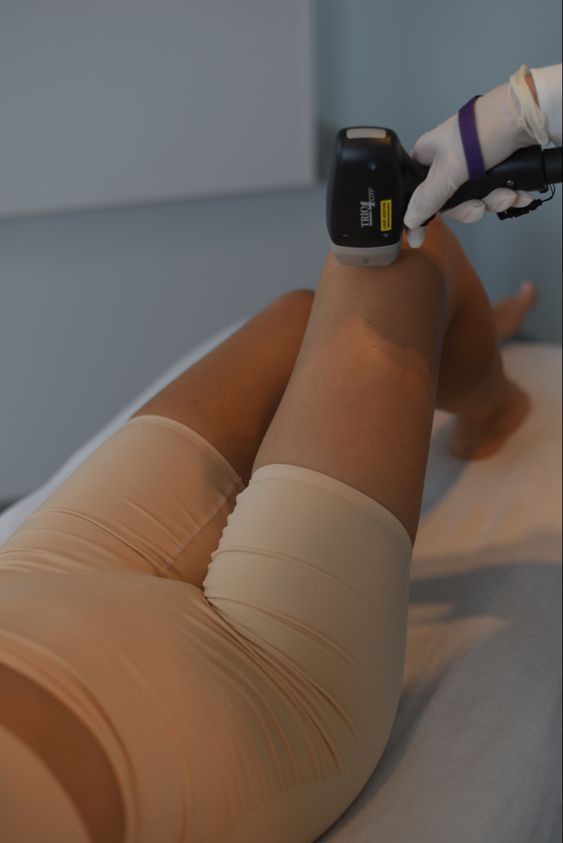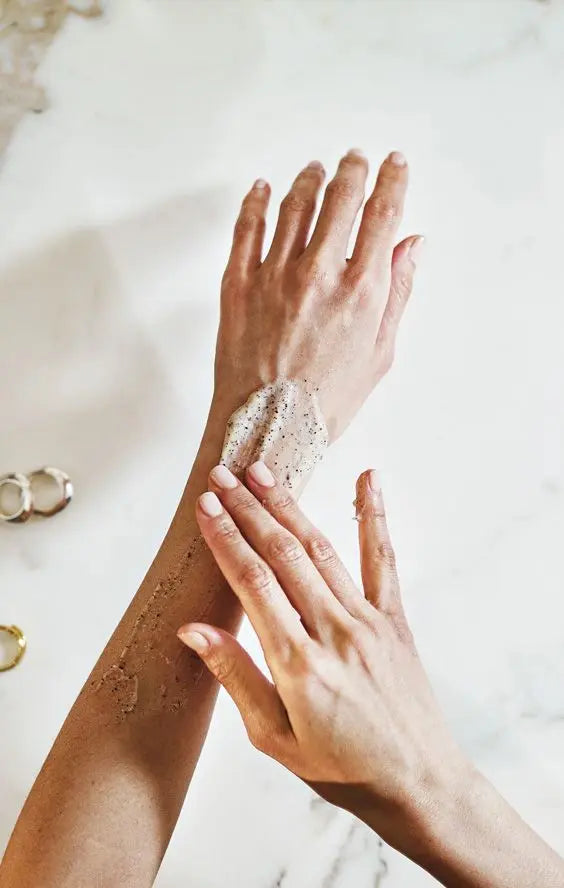 Source: Pinterest
Source: Pinterest
For some, acne was the bane of their teenage years, a dreaded rite of passage that made them feel self-conscious and embarrassed. But for others, breakouts have carried on well into adulthood, a frustrating battle fought against those stubborn spots that never seem to quit.
Adult acne
is a cruel joke. Just when you thought you had escaped the hormonal roller coaster of adolescence !BAM!, pimples resurface with a vengeance. It's hard to explain to people who never struggled with acne how much it can affect your life.
You feel like everyone is staring at you, judging you, pitying you. You feel like you can't go out in public without makeup, or go to the gym without worrying about sweating off your foundation. And don't even get us started on dating. Trying to find someone who can look beyond your blemishes feels like an impossible feat. But the worst part? The unsolicited advice. It's enough to make you want to scream.
Acne in adulthood is a harsh reality, but it's not one we have to suffer through alone. Fortunately, there are a variety of treatments available to help manage and prevent breakouts. In this article, we'll solve the
what causes adult acne
dilemma and explore the most effective body acne treatments available.
What Is (Adult) Acne?
Get The DetailsOpen or closed comedones, blackheads and whiteheads, and inflammatory lesions, papules, pustules or cysts, on the face, arms, chest, back, and shoulders are features of the chronic skin disease known as acne vulgaris[1]. This is a multifactorial condition that affects the pilosebaceous unit, which consists of the hair follicle, hair shaft, erector pili muscle, and sebaceous gland[1].
Acne is one of the most prevalent skin disorders. It peaks in adolescence and early adulthood, affecting around 85% of those aged 12 to 24[2]. Though acne is commonly associated with teenagers, it can affect people of any age. More than a quarter of women and 12% of men in their forties report experiencing acne[2].
Even though acne does not cause death, it frequently results in severe physical and psychological symptoms including persistent scarring, post-inflammatory hyperpigmentation, anxiety, despair, and low self-image.
The process by which the disease develops is as follows:
- Hyperkeratinization of the follicles: excess keratin accumulates in the inner lining of the follicle when the normal desquamation process is interrupted[2][3]. Dead cells adhere together, thus blocking the hair follicle as well as the sebaceous gland duct[2][3].
- Sebum overproduction: high levels of androgens boost sebum secretion by converting testosterone, via the enzyme 5-alpha reductase, to the more potent dihydrotestosterone (DHT)[1]. The latter, in turn, binds to particular receptors in the sebaceous gland that increase sebum production[1]. The resulting sebum retention causes the follicles to clog and form plugs (blackheads & whiteheads)[1].
- Inflammation: when follicles become distended, they break and release proinflammatory substances into the dermis which cause raised, painful lesions to develop on the skin like cysts and nodules[2][3].
- Overgrowth of Cutibacterium acnes (formerly known as Propionibacterium acnes) Staphylococcus epidermis, and Malassezia furfur: these pathogenic microorganisms thrive and multiply when the sebaceous glands secrete excess sebum, and there is a build-up of keratin, which further clogs the hair follicles and induces skin inflammation[2][3].

Why Do I Have Body Acne?
Acne woes don't cease to exist once you reach adulthood, but it pays to know the reasons behind those rampaging bodily breakouts. Actually, the
causes for body acne
are not that different from the one that plagues the face. There is just a twist in its plot that makes it thought-provoking.- Genetics: if moderate to severe acne runs in your family, it is highly likely that you will have it yourself at some point in your life. This is so because the amount of branched fatty acids in sebum is influenced by your genetic makeup. Estimates of heritability range from 50 to 90%
- Endocrine disorders: androgen levels can shoot up in patients with congenital adrenal hyperplasia and polycystic ovarian syndrome. We also know that hormonal changes during puberty, menstruation, menopause, or pregnancy tend to ignite the skin's oil glands, causing uncontrolled inflammation. Similarly, high levels of stress could spur the release of cortisol, a hormone that pushes the oil glands into overdrive.
- Excessive sun exposure.
- Medications: anticonvulsants, lithium, and steroids.
- Comedogenic cosmetics: coconut oil, heavy conditioners, etc., can block the hair follicles.
- Occlusive clothing: backpacks, shoulder pads, and underwire brassieres.
- Strong emotions: anger and anxiety can make acne worse by causing stress hormones to rise.
- Diet: high-glycemic foods, dairy products, sugar, white flour, etc., raise blood sugar levels and increase insulin-like growth factors, which promote follicular hyperkeratinization and aggravate acne.
Body Acne Treatment
: Here's What You Should DoWhile it often seems like an insurmountable task, taking control of acne can be achieved with persistence and patience. First and foremost, there are a number of topical treatments that can reduce the number of breakouts and their associated inflammation.
- The rule of thumb is to use dedicated
products for body acne
. Because it is pretty large, facial formulas will turn out to be quite expensive or not provide the spreadability needed. -
Acne body wash
: cleanse with an antibacterial formula containing ingredients such as salicylic acid, benzoyl peroxide, tea tree oil, etc. Leave on for 5 minutes and then rinse. - After pat drying the skin, layer medicated formulas containing zinc, sulfur, salicylic acid, benzoyl peroxide, antibiotics (minocycline, erythromycin), or retinoids (adapalene 0.1%). These will help to control breakouts and heal/prevent scarring.
- If treating your acne with benzoyl peroxide, start with a concentration of 2% and gradually increase up to 10% if well-tolerated. Dress once the formula has fully dried to prevent staining.
- To avoid stripping the skin of its natural oils, make sure you properly moisturize with a non-comedogenic lotion enriched with aloe vera, hyaluronic acid, niacinamide, etc. Do not forget to sunscreen with an oil-free formula.
- Exfoliate 2-3 x week with an acid-based formula (glycolic acid, salicylic acid, lactic acid, gluconolactone, etc.). Purifying masks, made with activated charcoal, honey, turmeric, tea tree oil, etc., can be applied with the same frequency to further speed up the healing process.
- For hard-to-reach areas, you can use a long-handled brush (cleansing) and a lotion applicator. Wash thoroughly after each use and let dry in a non-humid area.
- Keep your hair up so that all that goopy sebum stays away from your back.
- Avoid heavy conditioners as they can be pretty clogging. If you must use them, wash your back after rinsing your hair.
- Remove wet clothes and shower immediately after exercising. All that sweaty environment is a breeding ground for bacteria.
- Wear loose clothes made from breathable materials such as cotton and bamboo.
- Steer clear of any materials that cause friction. Even carrying a backpack can worsen your condition.
- Wash your sheets and towels at least 1 x week.
-
Adult acne diet
: dietary and lifestyle changes can also have a profound effect on adult acne. Reducing sugar, gluten, dairy products, hydrogenated fats, and controlling stress have proven to be effective for many. - For more severe cases, dermatologists may prescribe oral antibiotics, accutane or even hormone therapy.
In conclusion, adult acne remains a perplexing and frustrating issue for many individuals. With its unpredictable nature and exacerbating triggers, deciphering
how to clear adult acne and body acne
, can lead to poor self-esteem and a whirlwind of emotions.Though it may seem never-ending, remember that patience and self-care are key in the journey to clearer skin and a more confident self. Don't let acne rule your life, with the help of a dermatologist and patience, you can find an
adult acne regimen
that suits you and helps you put your best face forward. To learn more about all the ways to take better care of your skin, make sure to follow us on Instagram, Facebook, Pinterest, and LinkedIn.References:
[1] www.ncbi.nlm.nih.gov/books/NBK459173/




